How Jon Snow Came Back To Life & 19 Other Game Of Thrones Mysteries Explained
Jon Snow's resurrection was one of the most famous moments on , but the explanation for how (and even why) it happened has been less-than-satisfactory. As critical as Jon Snow's death episode was during the height of popularity — the season 5 finale, "Mother's Mercy" — the expected justification for it through wider narrative significance hadn't come by the time season 8 finished. It's not the only unexplained mystery with lingering questions left behind by , either. With the complex history and lore of this world, there are many aspects of that are not always easy to explain within the confines of a TV show.
However, viewers can look to the information in George R.R. Martin's books to better understand these mysteries, including Jon Snow's resurrection. Moreover, with showrunners promising to introduce five new dragons in and other world-building that adds context to , the prequel is bound to dig deeper into the history of House Targaryen, Old Valyria, and Westeros — potentially unearthing more answers to some of longstanding mysteries. In any case, based on what's been revealed by , , and Martin's novels, several of the biggest mysteries aren't as unexplained as first seems.
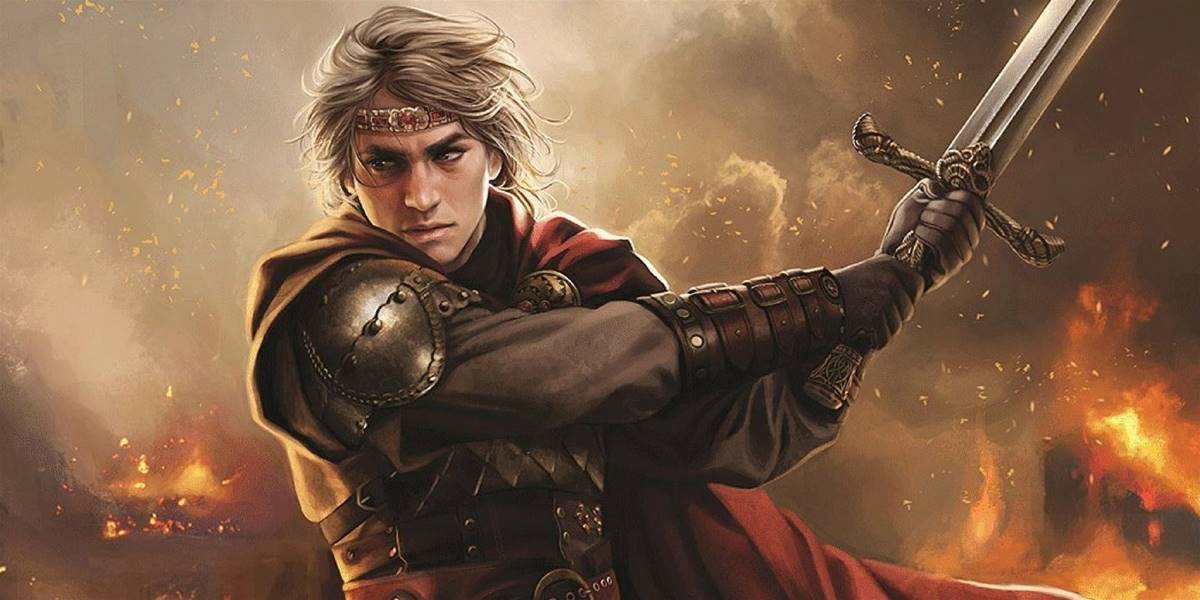
The reign of the Targaryens in Westeros began with Aegon the Conqueror. As Jorah Mormont points out in season 1 of , Aegon had no claim to the throne of Westeros but took it because he could as he had dragons on his side. This painted him as a powerful conqueror who wanted to rule over as much as he could.
However, were more heroic than they initially seemed. King Viserys I Targaryen reveals a secret that has been passed down through the generations that Aegon had a vision of an invading army that only the Targaryen dragons could stop and thus felt they needed to be in control of Westeros. Though Viserys didn't know how true the prophecy was, it is clear now that it was about the White Walkers even if the Targaryen dragons weren't what stopped them.

Valyrian steel proved to be very important in as it was gradually revealed that these were the only weapons that could kill White Walkers. However, one of these weapons stands out above the rest as being truly important -- The Valyrian steel dagger. It is first seen in the hands of a would-be assassin who comes to kill Bran Stark with Littlefinger suggesting it belonged to Tyrion Lannister.
Littlefinger returns it to Bran years later who in turn gives it to Arya who uses it to kill the Night King.
While it is a long journey to get to that point, it turns out that was the dagger's purpose all along as it was Aegon the Conqueror's dagger which holds an inscription relating to the "Prince who Was Promised" and the "Song of Ice and Fire" that would be the battle with the White Walkers.
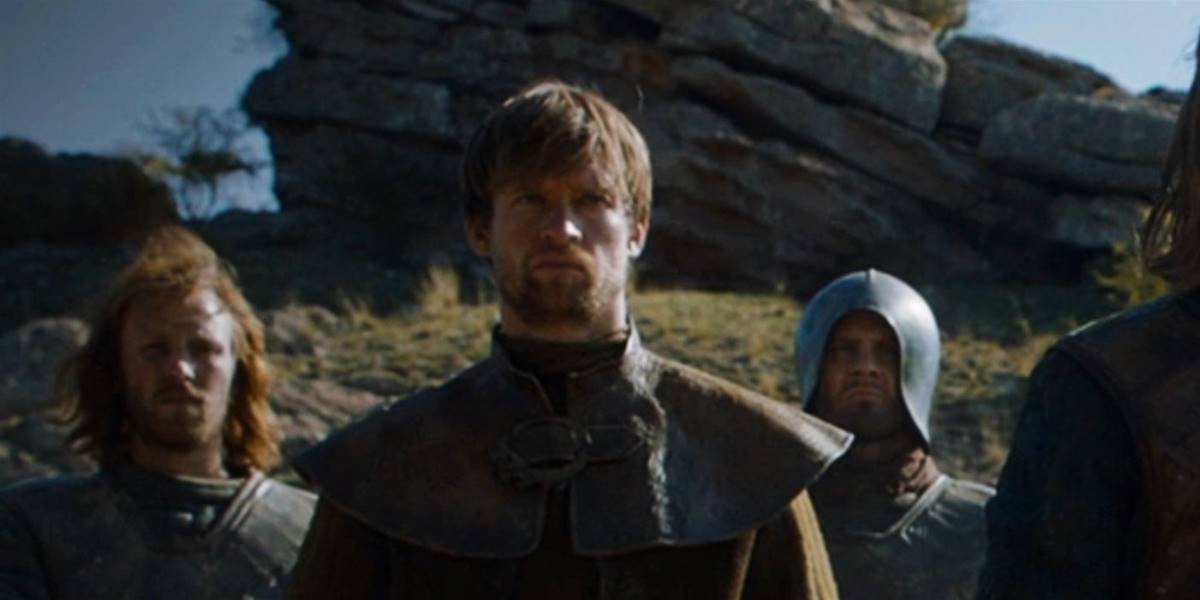
Howland Reed is not a big presence in the books or on the show, yet there is still a lot of curiosity surrounding him, He is only seen in Bran's vision of the past when he watches young Ned Stark and Howland Reed fight side-by-side at the Tower of Joy when trying to rescue Lyanna Stark following Robert Baratheon's victory.
Howland is seen saving Ned by killing Arthur Dayne, but he never appears again.
The reason so many fans were interested in Howland Reed was that he was that following Ned's death, he became the only living person to know what happened at the Tower of Joy and thus knew about Jon Snow's true parentage. Howland is also the father of Jojen and Meera Reed who claim their father never spoke about his time in the rebellion suggesting he lives a secluded life, taking Ned's secret to the grave with him.
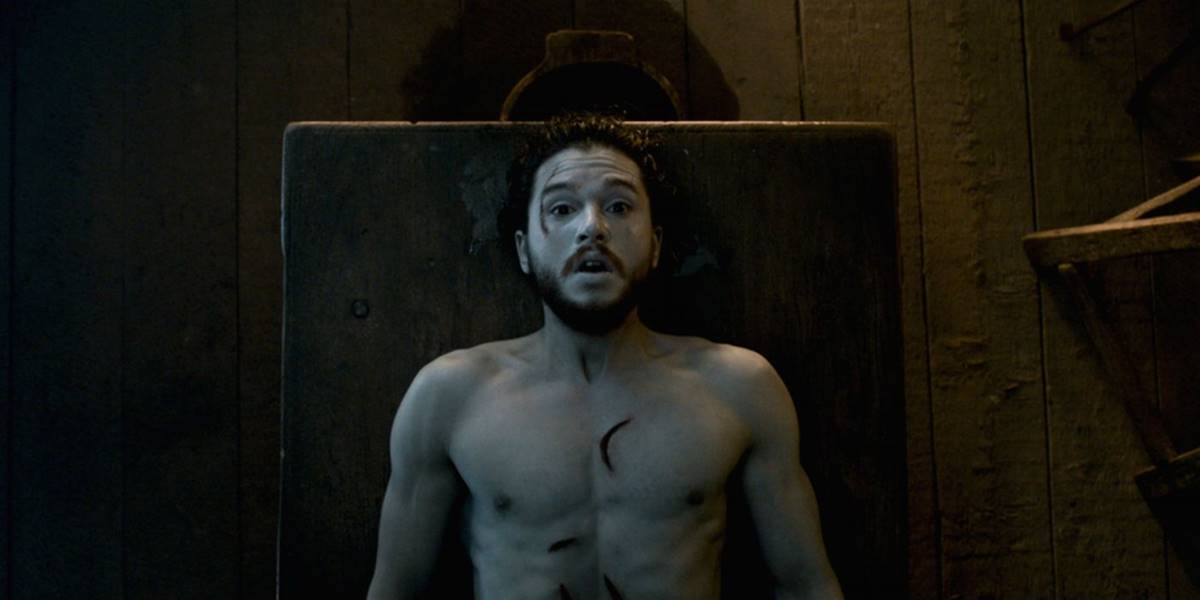
Jon Snow's death episode — season 5's "Mother's Mercy" — sees him getting stabbed by his brothers in The Night's Watch.
Jon Snow then gets resurrected by Melisandre in season 6, episode 2, "Home." The Lord of Light is shrouded in mystery, but theories suggest Melisandre sacrificing Shireen ensured Jon's resurrection —
With the possibility of season 2, the prequel could further explain why the Lord of Light needed Jon Snow alive (especially since it was Arya who killed The Night King). Currently, it's unclear whether Martin will repeat Jon Snow's resurrection in the books.
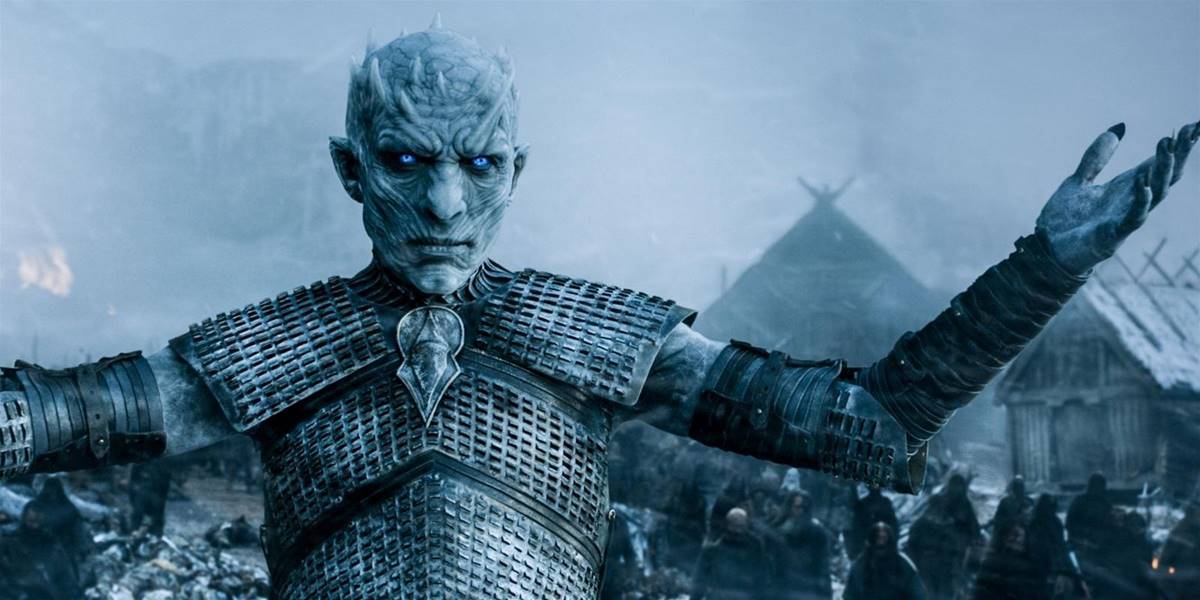
Though The Night King was set up to be the biggest threat in the entire series, there was little known about the character.
He led the Army of the Dead, was the first White Walker, and had the simple goal of conquering Westeros. The books, however, haven't confirmed if there is a singular leader of the White Walkers. Although there is a legend of a Lord Commander of the Night's Watch known as the Night's King, he is an entirely different character.
In the books, the Night's King is a human who falls in love with a white-skinned creature and declares themselves king and queen before being defeated by the Night's Watch. did reveal that the created the White Walkers to fight off the First Men. However, who the Night King himself is — and his backstory — is just as mysterious as Jon Snow's resurrection.
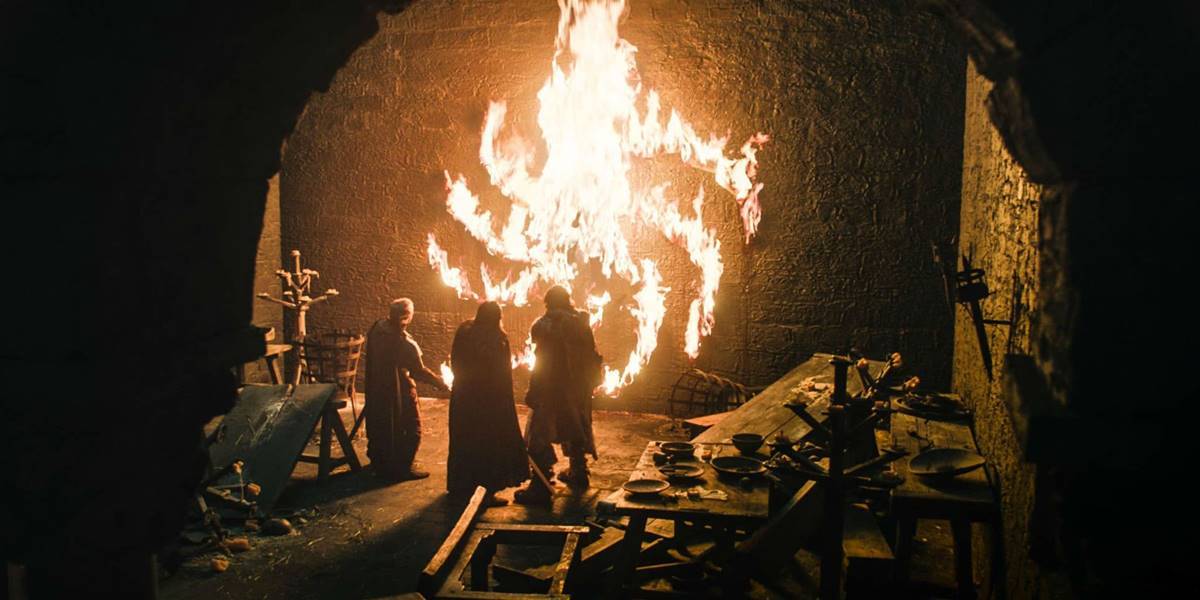
One of the most mysterious aspects of the and designs they leave behind in the wake of their massacres. At various times in the series, characters would come upon the aftermath of a White Walker attack and see the bodies of their victims placed in an elaborate design, something using only severed limbs.
While the symbols might seem like they are important for the White Walkers, they were actually originated by the Children of the Forest and represent their religion or beliefs. As the White Walkers were created by Children of the Forest, they recreate the design using dead bodies as an insult or blasphemy towards their creators.
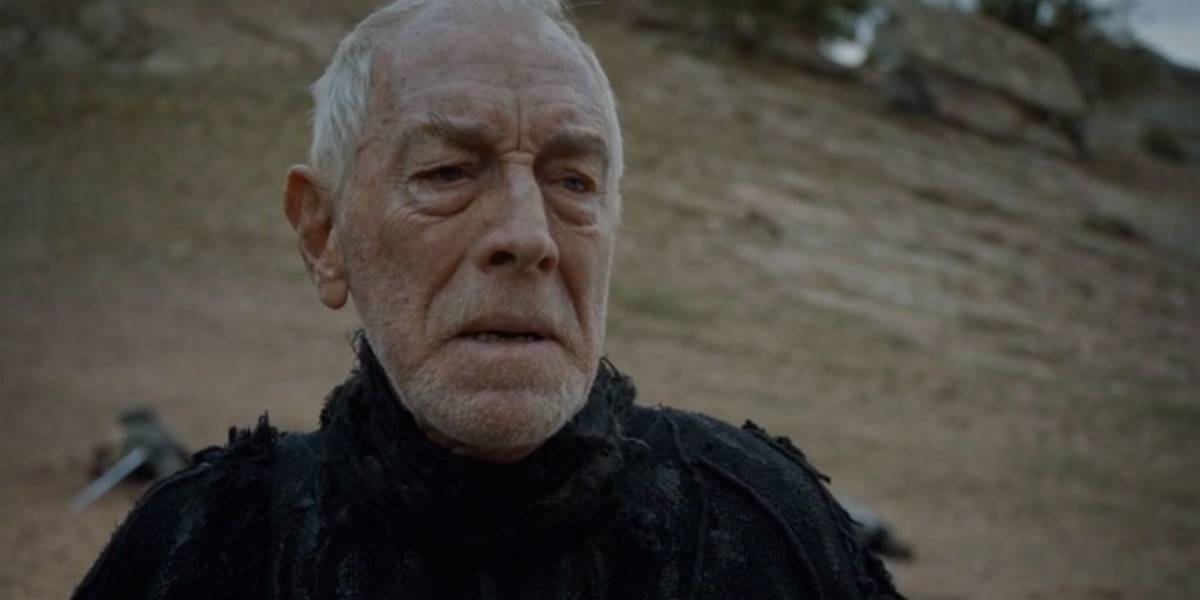
Though Bran Stark takes on the title by the end of the series, there was another Three-Eyed Raven before him who teaches him the powers. The origins of the Three-Eyed Raven are not explored or even hinted at in the series with him playing a small role as Bran's mentor. However, the books shed more light on who this mysterious figure actually was.
The clues point to the fact that the , a Targaryen bastard who is the great-grandson of House of the Dragon characters Rhaenerys and Daemon Targaryen. While he was a lord at one time, he gave it up to join the Night's Watch and eventually went missing while Beyond the Wall.
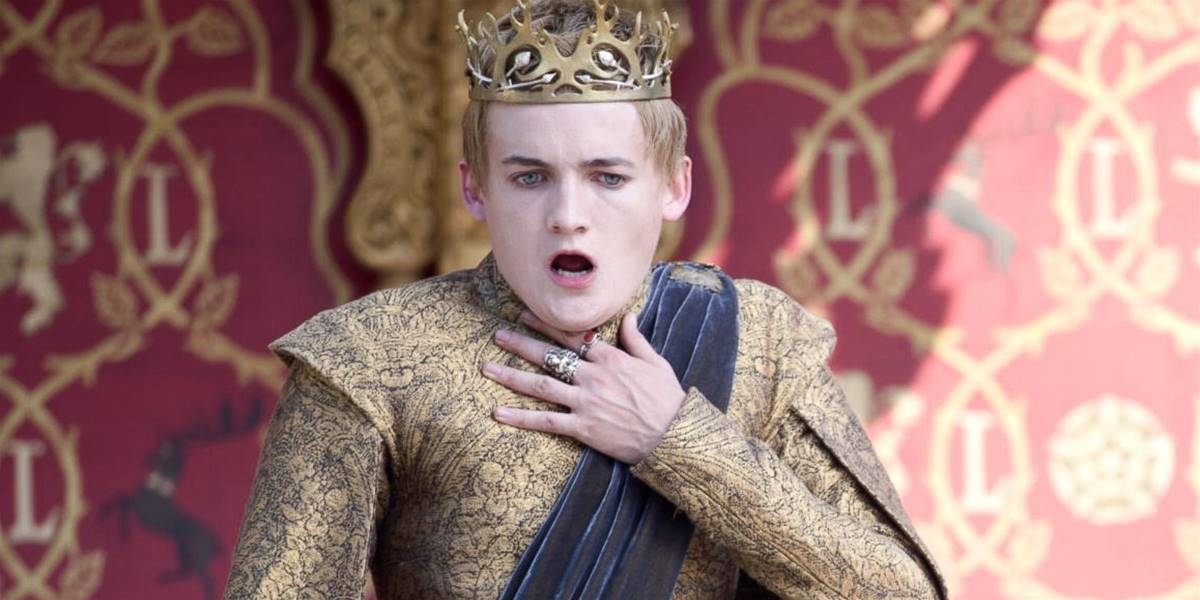
Given how hated Joffrey Baratheon was, seeing him killed at his own wedding in was a crowd-pleasing moment. Though Tyrion Lannister was tried for the murder, it was eventually revealed that Littlefinger and Olenna Tyrell were behind it. Still, many were unsure of how it was carried out.
It is explained in the books that the necklace Littlefinger provided Sansa for the wedding contained a poison tablet disguised as a gem. When rewatching the episode, Olenna can be seen admiring Sansa's necklace, suggesting she removed the gem and put it in Joffrey's wine.
Like Jon Snow's death episode, long-time viewers remain unable to forget .
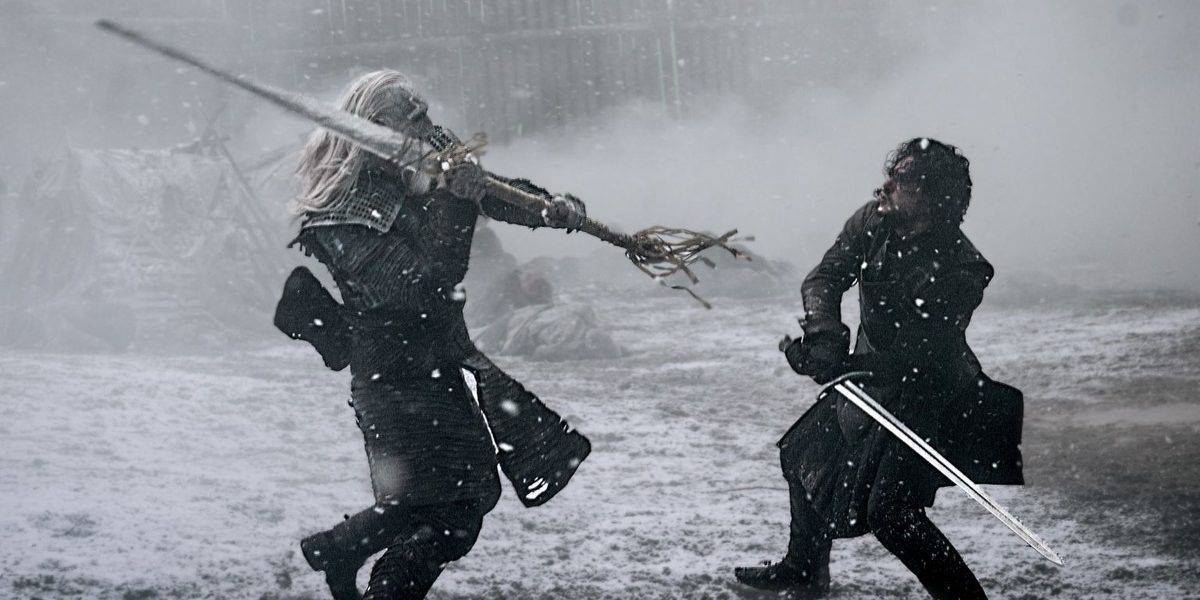
The White Walkers seemed wholly capable of taking Westeros by force. However, it is revealed that they can be killed with Valyrian steel, which is very rare in the world. Valyrian steel was invented in the ancient kingdom of Valyria, a land where dragonlords ruled. It is said to have been forged with dragonfire, which gives it certain powers and makes it an ideal weapon against the White Walkers. Many of noble houses — not just the Targaryens — have heirloom weapons made of Valyrian steel, suggesting that the secret of the steel's power may lie not just in the ruins of Old Valyria.
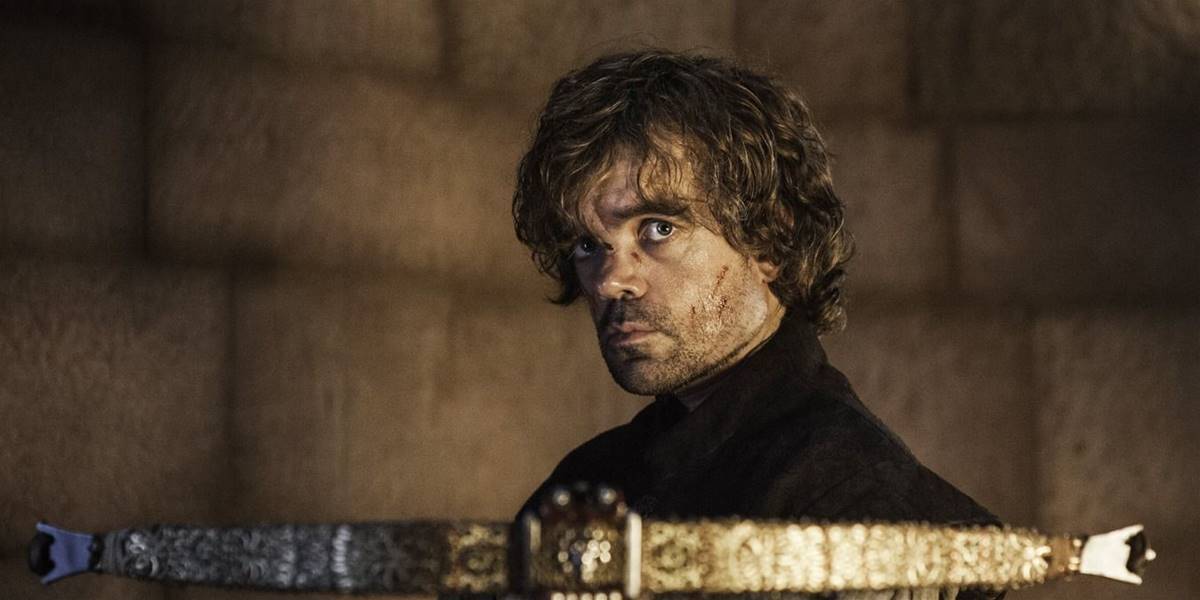
In season 1, Tyrion tells a story of how he fell in love and married a woman at a young age. But when Tywin found out about it, he informed Tyrion that the girl was hired by Jaime to pretend to fall in love with Tyrion. It is a devastating story that shows Tywin's cruelty towards his son. However, in the novels, there is more revealed to this story. Jaime reveals to Tyrion that Tywin forced him to create that story and that the girl was not hired. She had legitimately loved Tyrion, and it is that revelation that leads Tyrion to kill Tywin.
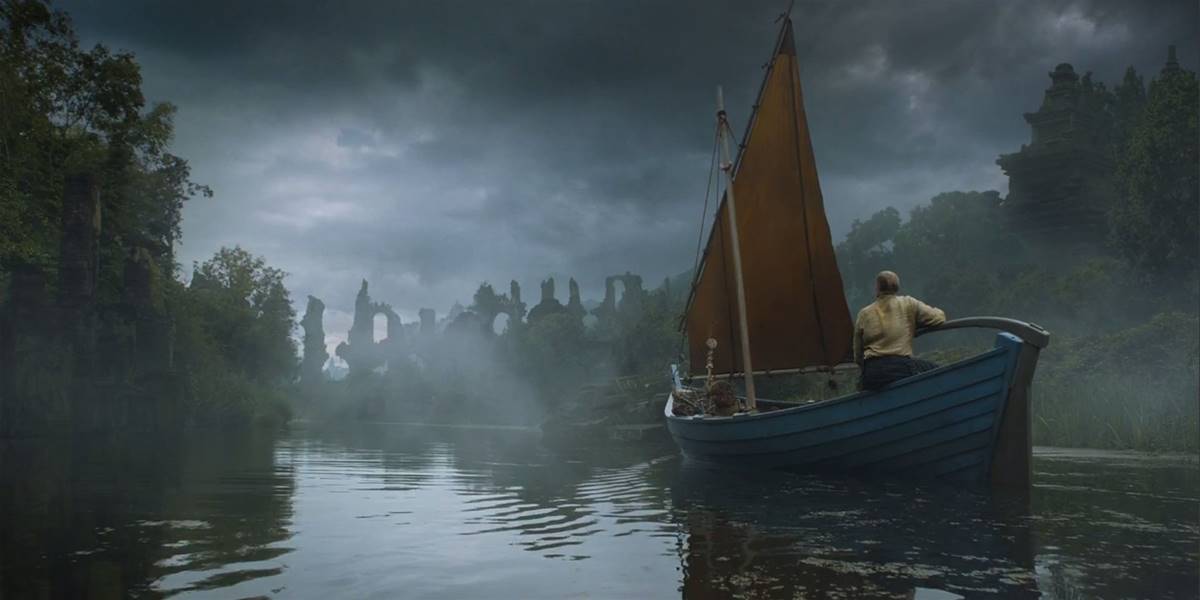
In season 5, Tyrion and Jorah sail through the ruins of Valyria, mentioning a cataclysmic event in . Neither the show nor the books have a straightforward explanation for what happened. However, what's clear is that the volcanoes within the Valyrian empire erupted all at once, destroying an entire civilization and giving birth to a new peninsula.
Whether it was caused by magic or natural events, the Doom practically erased the entire Valyrian empire — apart from House Targaryen, who left Valyria before the Doom thanks to Daenerys Targaryen's prophetic dreams.
In the book, it was noted that the dragon Balerion likely returned to Valyria with Princess Aerea on his back. Upon return, she was fiercely ill leading to her death and even Balerion returned on the verge of death, leading many to wonder what could be among the ruins of Valyria.
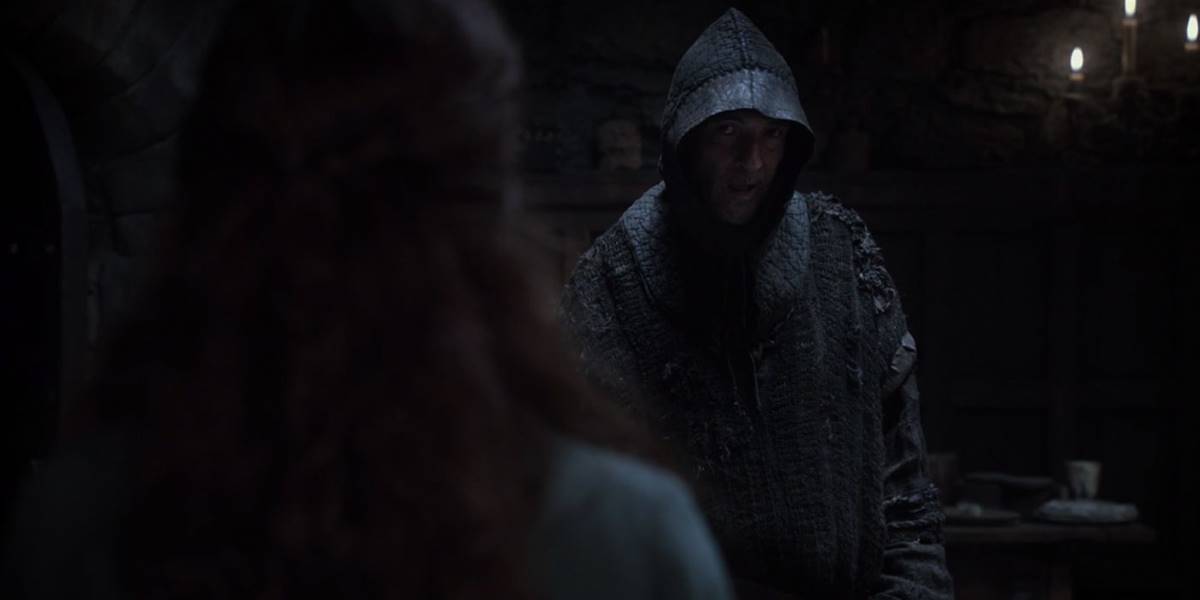
One of the earliest mysteries in pertained to Bran Stark's would-be assassin — the first in the show. Ned and Catelyn's son teetered between life and death after he was thrown from a tower by Jaime Lannister. While Catelyn sits with her son in "The Kingsroad," they are attacked by a stranger wielding a Valyrian steel dagger.
The books reveal that the stranger was sent by Joffrey to kill Bran. After overhearing Robert proclaiming that death would be a mercy, the young prince sends the assassin in a twisted attempt to impress the king. In the show, there's evidence to suggest that it was Petyr "Littlefinger" Baelish who tried to assassinate Bran — as part of his attempts to sow chaos and slide into the resulting power vacuums wherever possible.
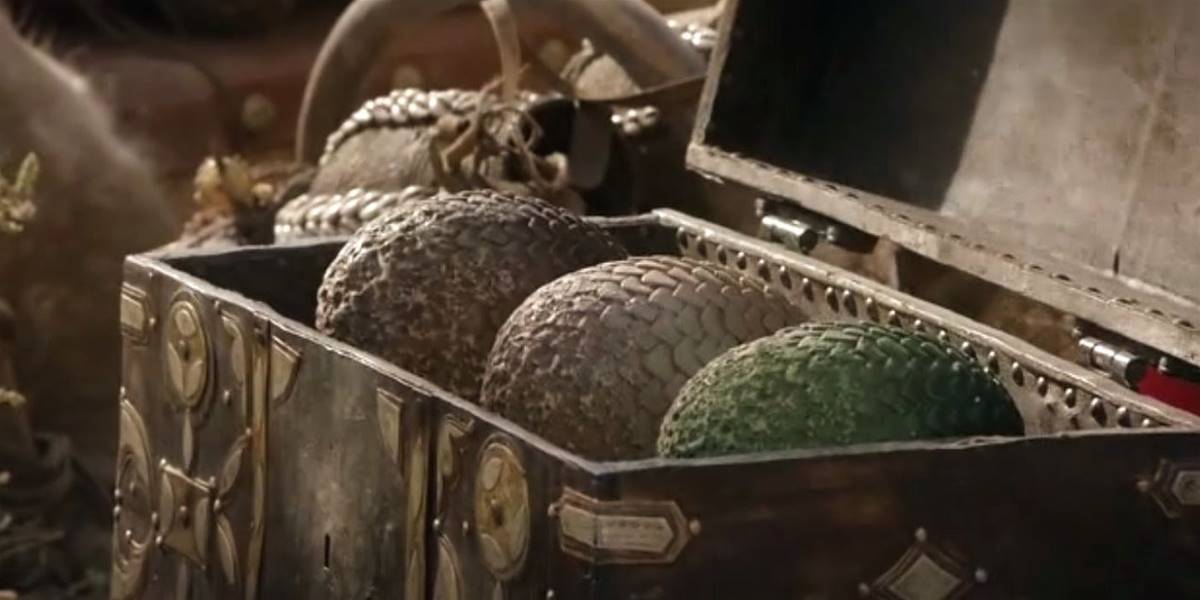
Daenerys Targaryen is given three fossilized dragon eggs by Magister Illyrio at the feast for her wedding to Khal Drogo.
Illyrio states that they are from the Shadow Lands beyond Asshai, but the ultimately remains a mystery. That said, George R.R. Martin's suggests one possibility.
The Targaryen history book chronicles the theft of three eggs from Dragonstone by Elissa Farman, the lover of Rhaena Targaryen. Elissa sold the eggs to the Sealord of Braavos, who unsuccessfully tried to hatch dragons of his own. If tackles the aftermath of the Dance of the Dragons, the prequel could settle this mystery.
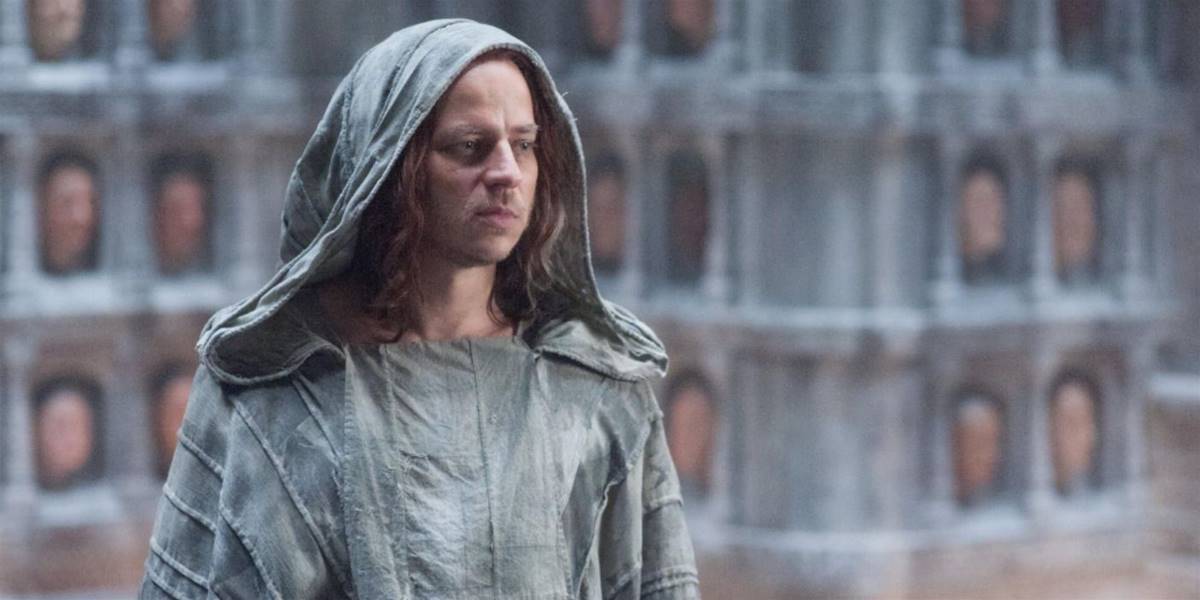
The Faceless Men proved instrumental in Arya's journey to becoming a skilled killer, though they remain another enigmatic
faction. Arya first encounters the Faceless Assassins when she meets Jaqen H'ghar. Later, she puts Westeros behind her to train in Braavos at the House of Black and White, eventually returning to deliver some of .
In the books, Arya learns the Faceless Men originated with enslaved people forced to work in volcanic caves by the Valyrian dragonlords. Speculations within suggest that they could have been responsible for the Doom of Valyria.

Like Melisandre's powers and Jon Snow's resurrection, the precise nature of Bran's powers remains unknown throughout the series.
The reigning King of Westeros learns to warg into animals and other people before his abilities are upgraded by the Three-Eyed Raven.
The source material explains that Bran's ability to warg stems from his Stark blood, similar to the Targaryens' affinity with dragons. Bran sees visions from the past and present by looking through the faces carved into each weirwood tree. It is suggested that all the Starks can warg into animals. With so many mysteries surrounding the character, and fate remain hotly debated.
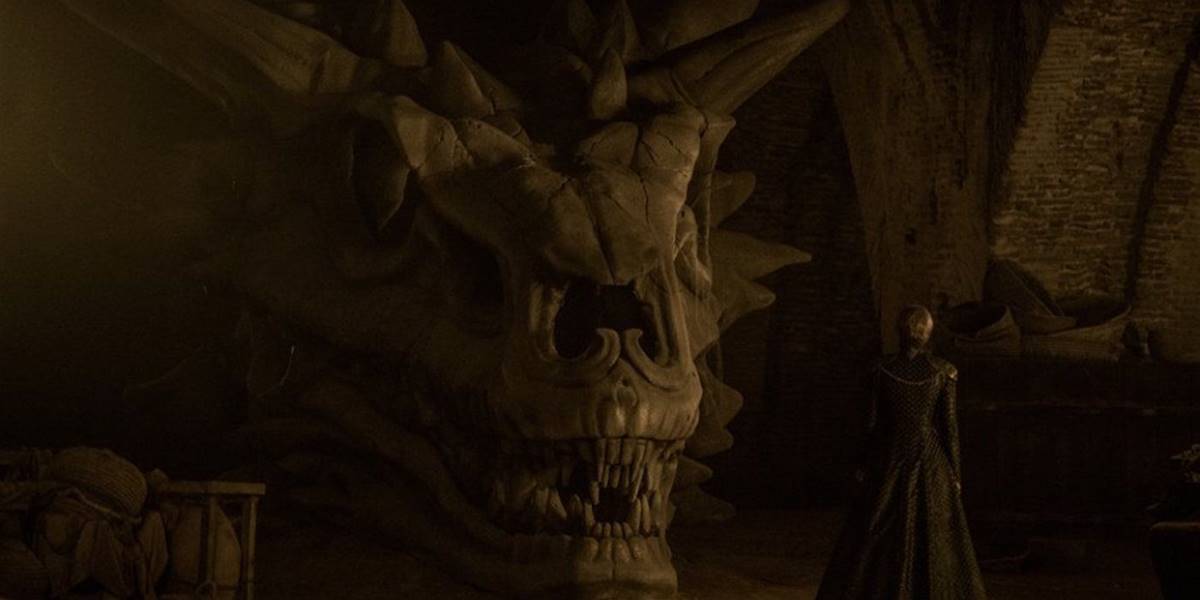
The death of the dragons was a heavy blow to House Targaryen that signaled the slow decline of their dynasty. The Targaryen civil war known as the Dance of the Dragons was responsible for many dragon deaths, including Vhagar, Caraxes, Syrax, Vermithor, Sunfyre, Dreamfyre, and Meleys the Red Queen. Though the Dance killed many dragons, Archmaester Marwyn suggests that the magic-hating maesters played a role in their extinction.
Moreover, the Targaryen dragons began to suffer as soon as Daenerys' ancestors started confining them in the Dragonpit. What's clear, however, is that there would've been more dragons in
if House Targaryen didn't kill them off the . Of all the mysteries, this one is the likeliest to have a full explanation by the time concludes.
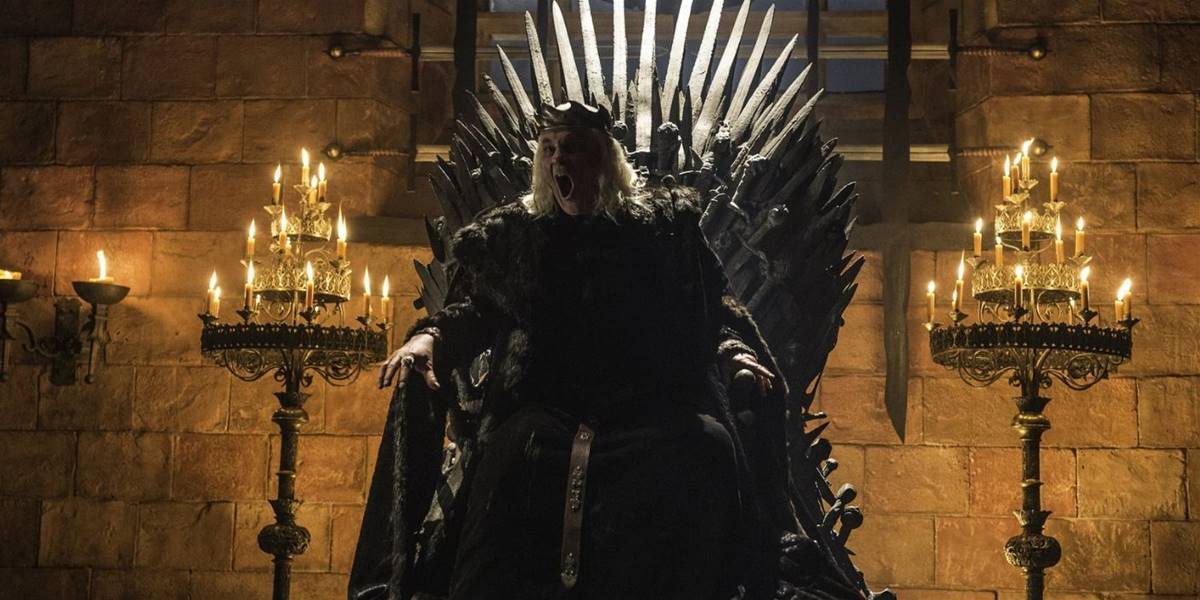
Although the Mad King, Aerys II Targaryen, never features directly in the series, his shadow looms over the show's narrative. The Mad King committed countless atrocities, such as calling for the deaths of Rickard and Brandon Stark, assaulting Queen Rhaella, and plotting to destroy King's Landing with wildfire. Strangely, in his youth, Aerys showed few signs of the tyrannical monarch he became.
Multiple stillbirths caused his sanity to unravel, but it was his six-month captivity during the Defiance of Duskendale that really was the Targaryen king's undoing. There was also a wild theory that began after "The Door" episode of that Bran looked into the past and altered it, as it was his voice that Aerys always heard whispering to him, causing him to go mad. In any case, it caused Aerys to forever be remembered as the worst out of .
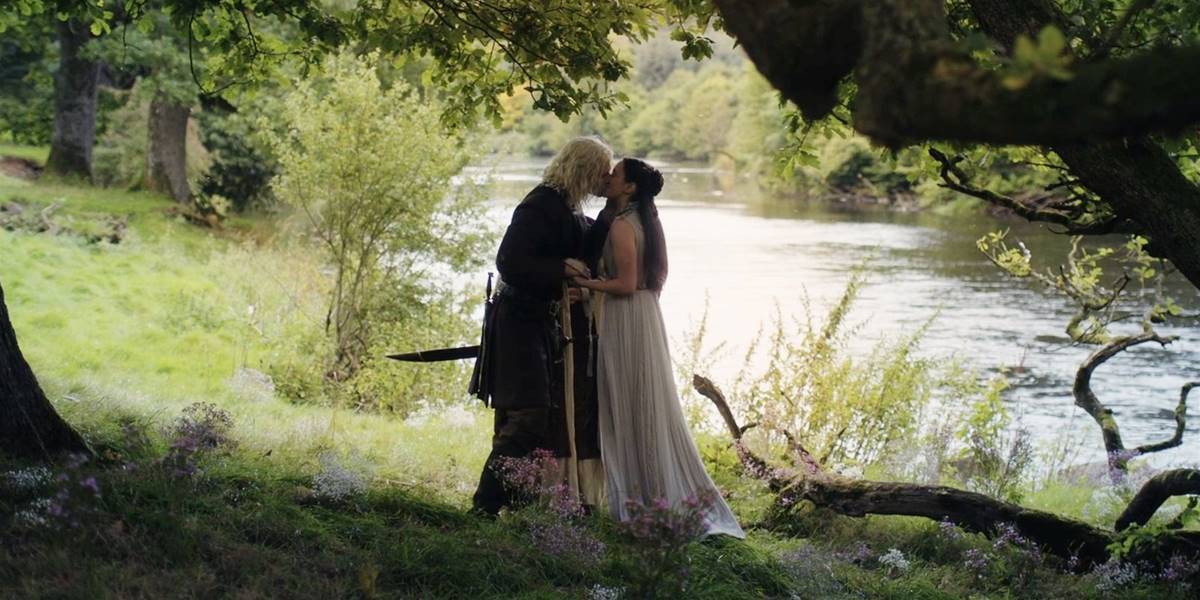
Othercharacters who greatly influenced the events throughout the series are Aerys' son, Rhaegar Targaryen, and Ned's sister, Lyanna Stark.
Their relationship stood at the center of Robert's Rebellion; Lyanna was betrothed to Robert, who was enraged by her supposed kidnapping by Rhaegar. Other factors contributed to House Targaryen's downfall, however.
The Mad King brutally killed Ned's father, Rickard, and older brother, Brandon, before demanding Ned and Robert's heads from Jon Arryn. Protecting his wards, Jon instead called his banners and took his soldiers to war. Of course, it was eventually revealed that Lyanna wed Rhaegar because she loved him and not because of any kind of kidnapping.
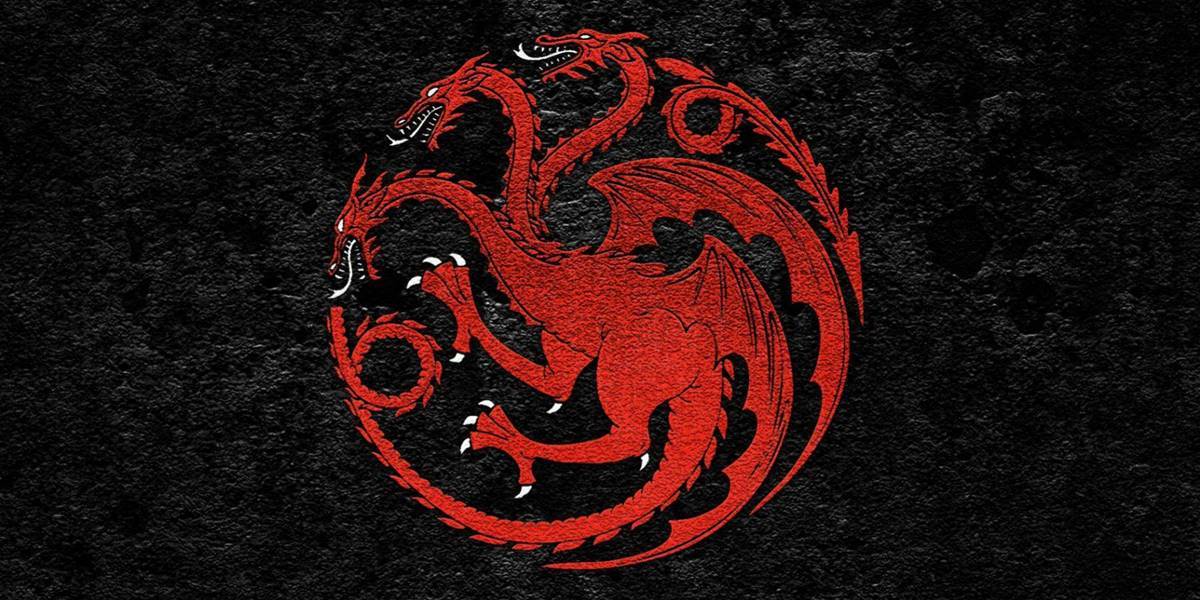
The Targaryen sigil bears a dragon with three heads, which is a reference to the three crucial people that brought about . These are Aegon Targaryen and his two sister-wives, Visenya and Rhaenys, who were all dragonriders.
During initial run, many theories believed that Daenerys and Jon Snow represent two heads destined to be dragonriders, while other characters like Tyrion and Bran could be the third contender. However, the House Targaryen sigil actually represents their history and biggest legacy.

Another important prophecy in the series centers around a young Cersei and a mysterious woods witch known as Maggy the Frog. A flashback in season 5's "The Wars to Come," shows Cersei visiting the witch, only to hear a series of damning prophecies about her future. Maggy tells her that she will be queen before she is cast down by a younger, more beautiful figure. in implied that Margaery was this figure in Maggy's prophecy.
Maggy also forewarns the future queen about her children's deaths, though her show counterpart omits Cersei's prophesied death at the hands of the "valonqar", which means little brother.
Many believed that meant a death at the hands of Jaime or Tyrion, or possibly any other little brother in the series. However, with the finale showing Cersei getting killed under the collapse of the Red Keep, it's clear that Maggy's prophecy referred to no one else but Daenerys Targaryen.






















